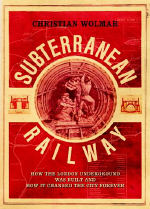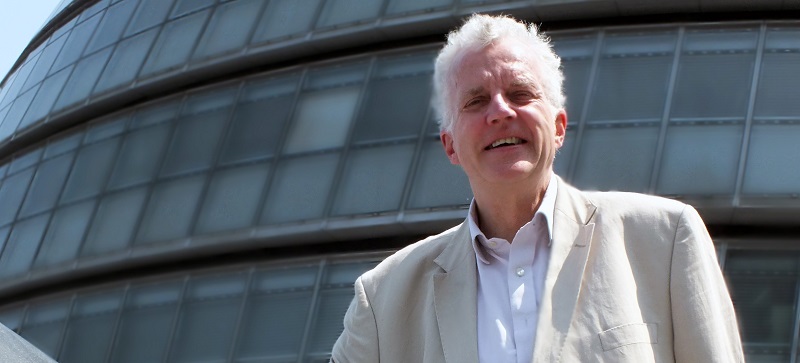 There are probably more books about railways published in the UK each month than on any other subject. The trouble is most of them are written by enthusiasts for enthusiasts and don’t have much appeal outside that select group. Christian Wolmar’s new book is the exception. This is that genuine rarity: an entertaining read by a knowledgeable journalist who can write well about trains for a general audience without boring them about bogies or alienating the enthusiast by getting his facts wrong.
There are probably more books about railways published in the UK each month than on any other subject. The trouble is most of them are written by enthusiasts for enthusiasts and don’t have much appeal outside that select group. Christian Wolmar’s new book is the exception. This is that genuine rarity: an entertaining read by a knowledgeable journalist who can write well about trains for a general audience without boring them about bogies or alienating the enthusiast by getting his facts wrong.
The Subterranean Railway is a social history of the London Underground and the most readable account of this fascinating saga you will find in print. Wolmar takes us from the Victorian pioneers who successfully built the world’s first steam powered underground railway in the 1860s, through the development of the deep level electric Tube in the 1900s by the dodgy American Charles Tyson Yerkes (a character straight out of Trollope), right up to a straightforward explanation of the complexities of today’s Private Public Partnership. He goes beyond the bare facts, technical breakthroughs and money wrangles to give us the human story of how the Underground was created and became the very lifeblood of modern London with three million passenger journeys every day, more than the entire national rail network.
The Underground has been, and still is, an amazing achievement. We have come a long way since this gloomy observation in The Times a few months before the opening of the first section of the Metropolitan Railway in 1863: ‘It seemed an insult to common sense to suppose that people who could travel as cheaply to the City on the outside of a Paddington bus would ever prefer, as a merely quicker medium, to be driven amid palpable darkness through the foul subsoil of London…’ Nearly 150 years later we think nothing of it. Treat yourself to The Subterranean Railway this Christmas and you’ll discover the fascinating story of how this came about, not to mention a mass of answers for the pub quiz.
Oliver Green, curator of London Transport Museum, November 11 2004
